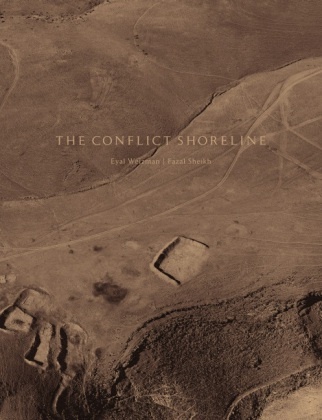Read more
The village of al-'Araqib has been destroyed and rebuilt more
than seventy times in the ongoing "battle over the Negev,"
an Israeli state campaign to uproot the Palestinian Bedouins
from the northern threshold of the desert. Unlike other frontiers
fought over during the Israel-Palestine confl ict, this one
is not demarcated by fences and walls but by shifting climatic
conditions. The threshold of the desert advances and recedes
in response to colonization, cultivation, displacement, urbanization, and, most recently, climate change. In his
response to Sheikh's "Desert Bloom" series (part of Sheikh's
The Erasure Trilogy, published by Steidl), Eyal Weizman's
essay incorporates historical aerial photographs, contemporary
remote sensing data, state plans, court testimonies, and
nineteenth-century travelers' accounts, exploring the Negev's
threshold as a "shoreline" along which climate change and
political confl ict are deeply and dangerously entangled.
About the author
Eyal Weizman is Professor of Spatial and Visual Cultures at Goldsmiths, University of London, where he directs the Centre for Research Architecture and the agency Forensic Architecture. He is also a Global Scholar at Princeton University and a founding member of Decolonizing Architecture Art Residency (DAAR) in Beit Sahour, Palestine.
Fazal Sheikh is a MacArthur and Guggenheim Fellow whose photographs have been exhibited and collected in museums around the world. His work is the subject of twelve books with Steidl. The Erasure Trilogy, published in 2015, is the basis for this collaboration with Eyal Weizman.

